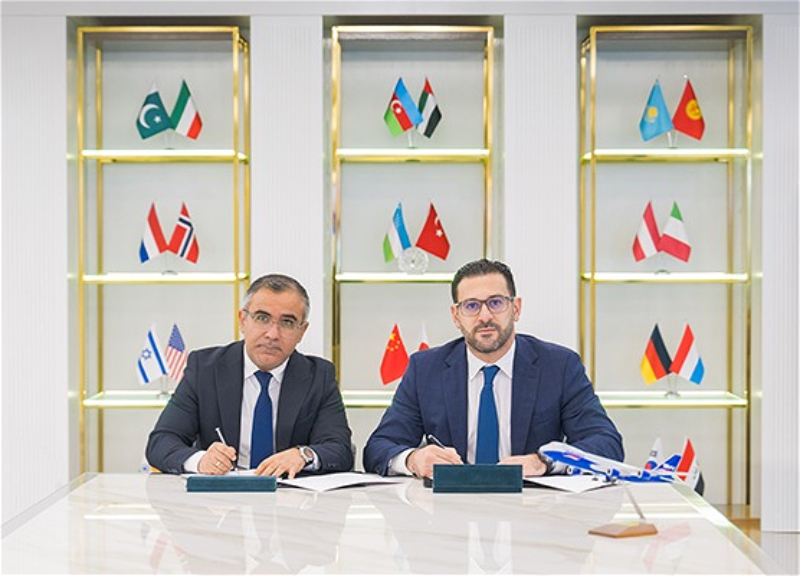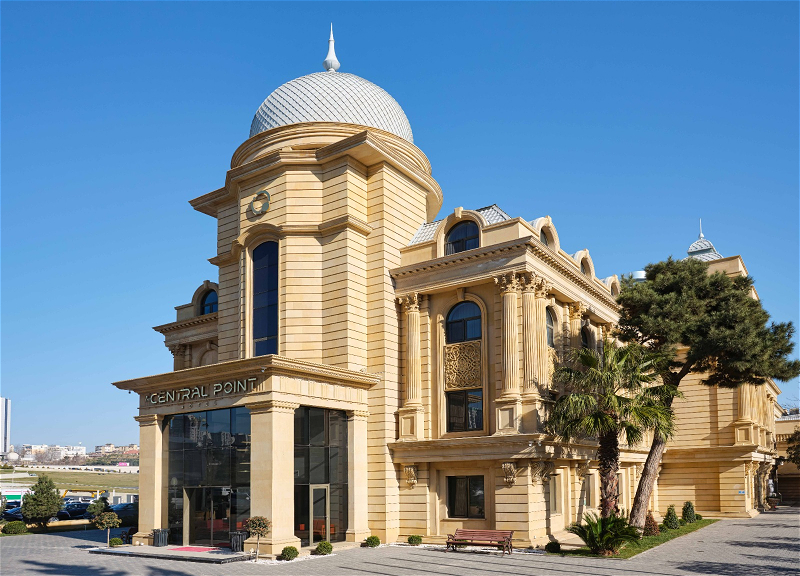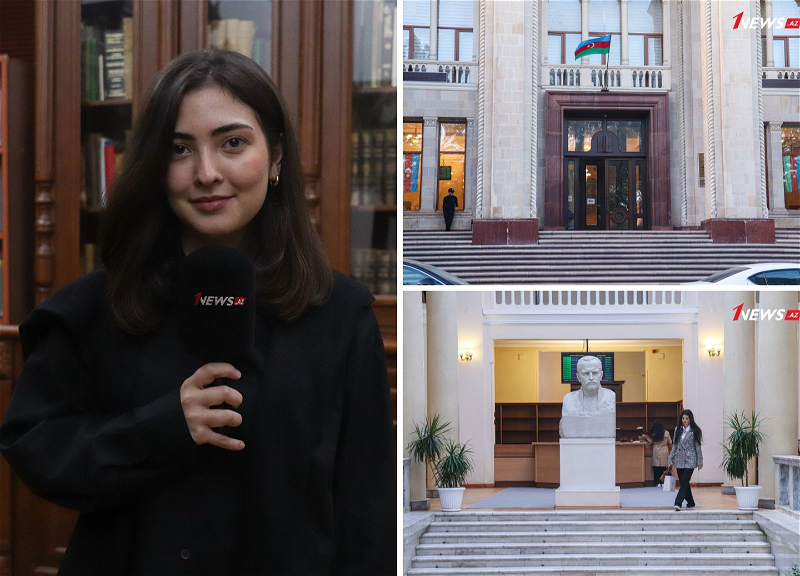New outbreak of violence in Nagorno-Karabakh: why civilians in the target?

By Najiba Mustafayeva
On July 4, 2017, Armenian armed forces subjected to fire the Alkhanli village of Fizuli region of Azerbaijan, using 82 and 120 millimeter mortars and heavy grenade launchers.
As a result of these provocations of armed forces of Armenia, elderly woman and her 2 years old granddaughter were killed, another civilian was wounding, as well as civilian objects were damaging.
Armenia has been conducting systematic, deliberate and targeted attacks on civilian population in the densely populated areas adjacent to the line of contact.
Over 25 years military aggression, policy of ethnic cleanings and terrorism have been continuing against Azerbaijan by Armenia which resulted in death of thousands of innocent people. The violent crimes committed by Armenian state against humanity still have not received their international legal assessment and the perpetrators remain unpunished.
The Minsk Group co-chairs called upon the sides to cease military action but not condemned killing of two civilians by Armenian Armed Forces. While spokesperson of the Ministry of Foreign Affairs of Armenia Tigran Balayan confirmed that this action was undertaken by Armenian side in order to compel Baku to implement the Vienna and St. Petersburg agreements.
In accordance with the substantive talks held in Vienna and St. Petersburg on settlement of the Armenian-Azerbaijan Nagorno-Karabakh conflict after four day war, the technical support task such as the investigation of incidents should be an integral part of the process of Armenian troops’ withdrawal from the occupied territories of Azerbaijan. Armenia, in order to avoid a settlement based on substantive talks, deliberately focuses the attention on issues such as the investigation of incidents.
After the visit of the OSCE Minsk Group co-chairs to the region, when co-chairs and the international organizations call for changing the status quo of occupation by substantive and serious negotiations, Armenia resorts to base and nefarious provocations aimed at deliberate and targeted killing of civilians, including children in order to save the status quo.
Armenian general Levon Mnatsakanyan, who serves as a “defense minister” of so-called “NKR”, announced that Armenia will continue to give targeted and disproportionate response to the attacks of the adversary if needed. Disproportionate military actions of Armenian armed forces is an attempt of Armenian side, to impede the return of civilians to Karabakh, especially after the Azerbaijan`s measures to restore the Jojug Marjanli village of the Jabrayil district, liberated from the Armenian occupation in April 2016.
Armenia`s recent large-scale provocation in the frontline once again demonstrates the necessity that the OSCE Minsk Group must demand from Armenia to withdraw its troops from the occupied territories of Azerbaijan in accordance with the norms and principles of international law and relevant decisions and resolutions of the international organizations, including the UN Security Council resolutions, and change the status quo of the occupation.
In accordance with the Vienna and Saint Petersburg meetings, Azerbaijan, along with the Minsk Group co-chairs, will continue efforts to systematically resolve the conflict through substantive talks and restore lasting peace and security in the region.
The Armenian-Azerbaijan Nagorno-Karabakh conflict is undoubtedly the most complex, as well as the most dangerous conflict in the South Caucasus. The conflict started at the end of the 1980s, following Armenia’s territorial claims on Nagorno-Karabakh and, in parallel, the systematic expulsion of Azerbaijanis from the Armenian SSR.
In fact, the collapse of the Soviet Union empowered the Armenian nationalists. During the 1992-1993 period, a considerable area of Azerbaijan fell under Armenian occupation, including Nagorno-Karabakh and seven adjacent districts. The conflict gradually evolved into a full-scale war between newly independent Armenia and Azerbaijan.
In 1993, the United Nations Security Council adopted four resolutions (822, 853, 874, and 884) in connection with the armed seizure of Azerbaijani territories. The resolutions demand the unconditional and immediate withdrawal of troops from Nagorno-Karabakh and other occupied regions of Azerbaijan. The resolutions also call for the restoration of economic, transport and energy connections in the region, and return of refugees and IDPs.
Despite the legally binding nature of the Security Council resolutions, Armenia has not adhered to its terms and continues to occupy Azerbaijani territories. However, the UN Security Council has the authority to apply sanctions to member states that fail to execute its resolutions.
The resolutions of the Council adopted according to Chapter VII of the UN Charter (Action with Respect to Threats to the Peace, Breaches of the Peace and Acts of Aggression) contain the legal elements of international responsibility.
Measures taken by the UN Security Council in accordance with Article 41 and 42 of the UN Charter are coercive measures intended to encourage the offender to fulfill the obligations arising from its international legal responsibility.
Dr. Najiba Mustafayeva, research fellow at the Center for Strategic Studies under the President of the Republic of Azerbaijan.














